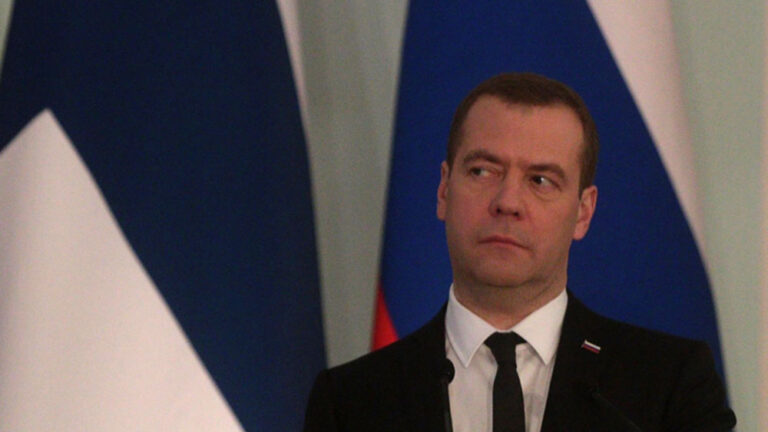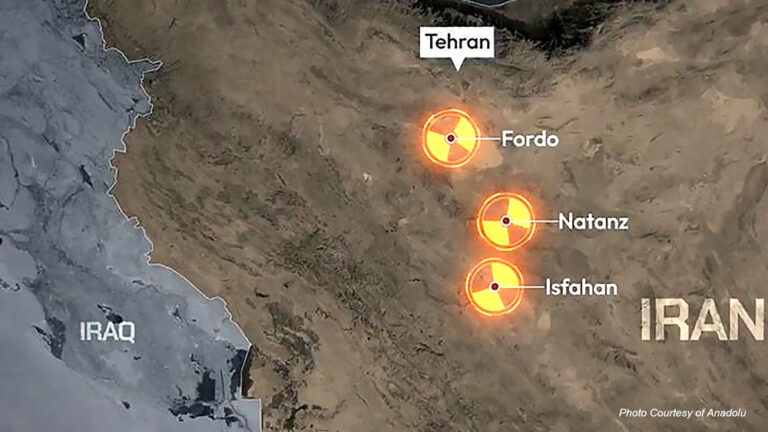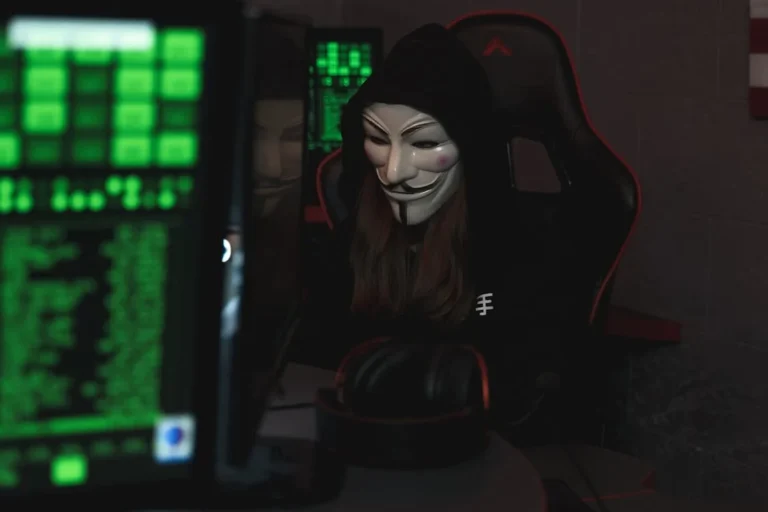DESPITE ASSURANCES from US President Donald Trump that ISIL in Syria is no more, the US-led battle to oust the armed group from its last stronghold the county’s east has intensified in recent weeks, sources said in joint investigation by Al Jazeera and The Intercept.
Amid heavy fighting between the Kurdish-led, US-backed Syrian Democratic Forces (SDF) and hardened ISIL fighters, scores of civilians and prisoners have been killed in US air raids in the eastern province of Deir Az Zor, according to sources on the ground.
As part of that campaign, US warplanes bombed a hospital in the village of Al Sha’fah late last month, killing patients and medical personnel working there, including their families, sources told Al Jazeera and The Intercept. An ISIL fighter said “the hospital was reduced to only stones and a huge crater in the middle”.
Two senior US diplomats with knowledge of the fight against ISIL, who spoke to Al Jazeera and The Intercept on the condition of anonymity, confirmed the air raid on the hospital. One of them maintained that it was justified and legal, saying ISIL fighters were firing at coalition forces from the hospital, making it a legitimate target.
On Wednesday, Trump announced a withdrawal of US troops from Syria, tweeting: “We have defeated ISIL in Syria, my only reason for being there during the Trump Presidency.”
The reality, however, is far more complex. It’s true that the group, which once controlled a wide swath of land stretching from Syria to Iraq, has been significantly weakened. But even after the Trump’s announcement, the Department of Defense said the campaign against ISIL is not over. In the territories that remain under the group’s control, it is waging fierce battles against US-backed forces while facing sorties from US warplanes in the sky.
What’s more, ISIL fighters in Syria are confident they are still being led by Abu Bakr al-Baghdadi, the self-declared caliph and ISIL leader whose death has been reported by Iraqi, Russian, and Iranian media.
Multiple sources have said the recent air raids in eastern Syria have killed the families of ISIL members, as well as Kurdish prisoners being held by the group.
In October 2017, when ISIL began to lose control of its de facto capital, Raqqa, multiple US and British news organisations described the battle there as the group’s last stand. But it was largely an orchestrated one. As part of a negotiated withdrawal of Raqqa, the Syrian government provided buses to transport ISIL fighters and their families to towns in Deir Az Zor, an eastern province near the border with Iraq that was at the time largely under ISIL control.
The remaining pockets of ISIL-held territory are villages in Deir Az Zor along the Euphrates River. These areas are largely under siege by Syrian government forces on one side and Kurdish forces on the other.
For weeks now, markets in these towns and villages have been barren, leaving local civilians with little food. Things here are very difficult now, an injured former ISIL fighter in Hajin told The Intercept.
US planes have been dropping leaflets in the remaining ISIL-controlled areas of Syria. The ISIL fighters and residents of those areas often rip up those leaflets and leave them on the side of the road. One side of a leaflet, an image of which was obtained by The Intercept, shows a soldier in fatigues looking out victorious over the desert as two fighter jets fly toward the horizon. The other side shows a tattered ISIL flag as an fighter throws down his weapon and retreats. The Syrian Democratic Forces are coming, the leaflet reads in Arabic.



